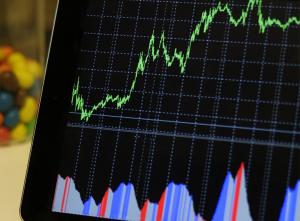Electric Rates, Bills, Zero-Carbon Percent

Through July, electric rates have risen just 89.8% as fast as the CPI, on average, since the Labor Department's 1982 - 1984 base period. This means electricity per kilowatt-hour has become cheaper, inflation-adjusted.
This trend has been steady in recent years. Through last July, the percentage was 89.0%. Through two Julys ago, it was 90.7%. Through five July's ago, it was 88.7%. Through ten Julys ago, it was 88.5%.
Electric rates were at an all-time low in the spring of 2000, over seventeen years ago. But they've generally tracked the CPI for the last decade.
Electric bills, on the other hand, were at an all-time low recently, in February. Electricity that month was only 1.22% of consumer expenditures.
In June, per the latest data, electricity was 1.34% of expenditures. The percentage was 1.41% last June, 1.43% two Junes ago, 1.51% five Junes ago, and 1.49% ten Junes ago.
From the standpoint of how much electric bills take up of household budgets, electricity is as inexpensive as ever.
In May, per the latest data, 39.6% of grid generation was zero-carbon. The record high was in March of this year, when 41.6% of grid generation had no emissions.
The grid is increasingly zero-carbon. The current 39.6% is greater than the 36.5% of last May, which was greater than 34.7% two Mays ago, which was greater than 32.6% five Mays ago, which was greater than 30.1% ten Mays ago.
The insightful number-crunching of PUF Quant Services courtesy of the magazine for commentary, opinion and debate on utility regulation and policy since 1928, Public Utilities Fortnightly. "In PUF, Impact the Debate."
Steve Mitnick, Editor-in-Chief, Public Utilities Fortnightly
E-mail me: mitnick@fortnightly.com



